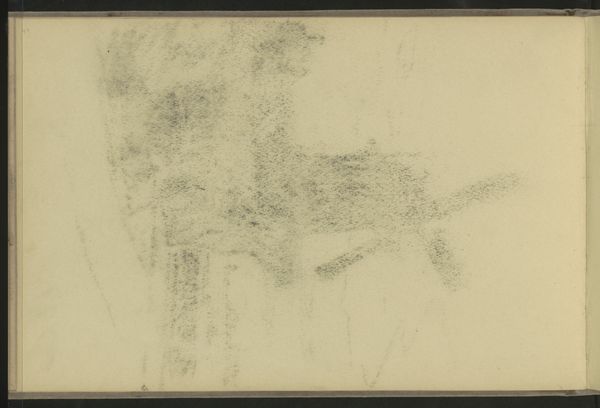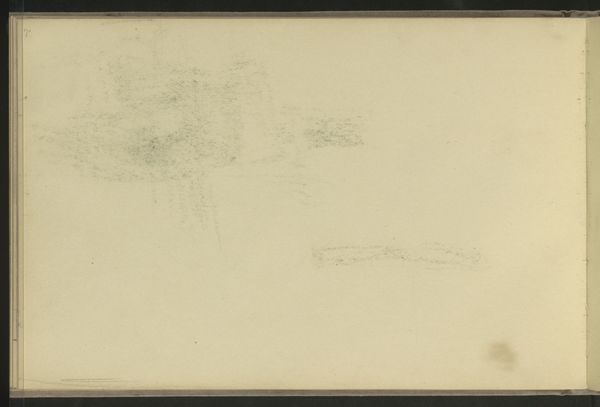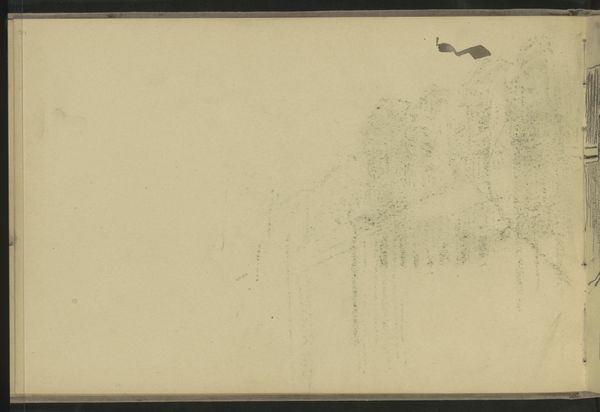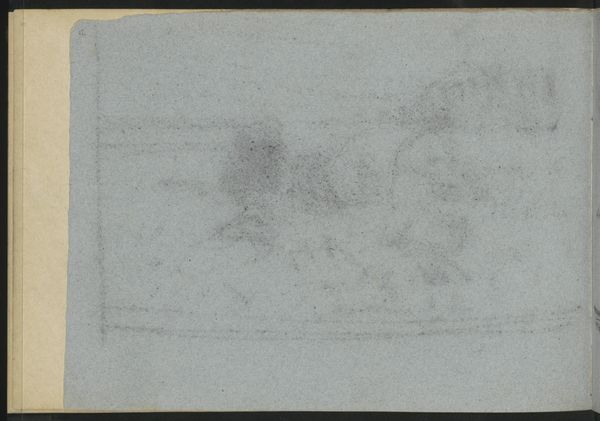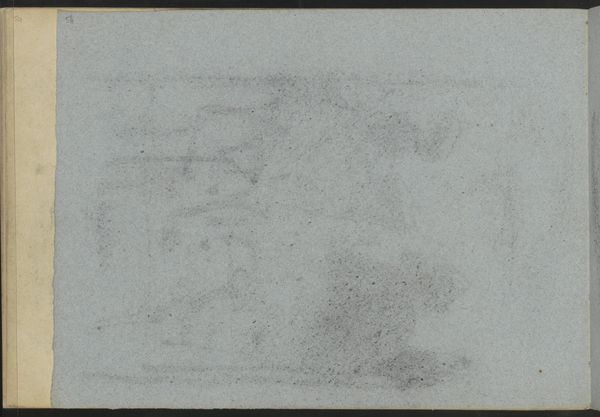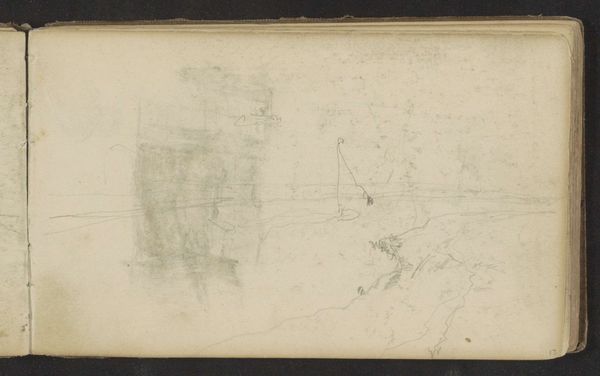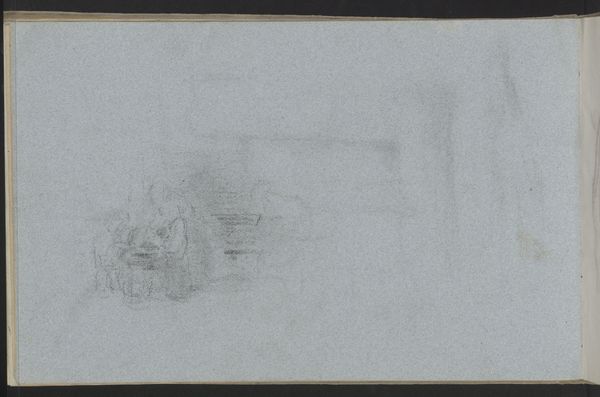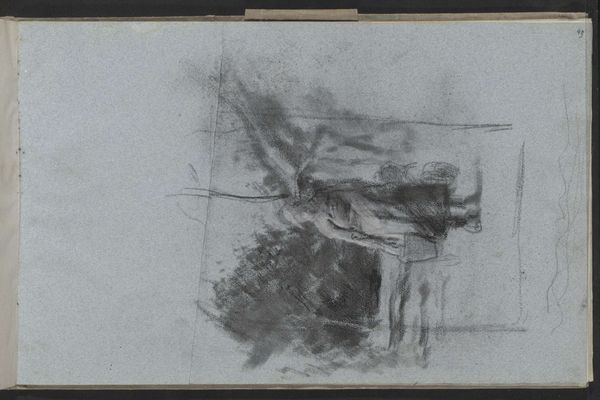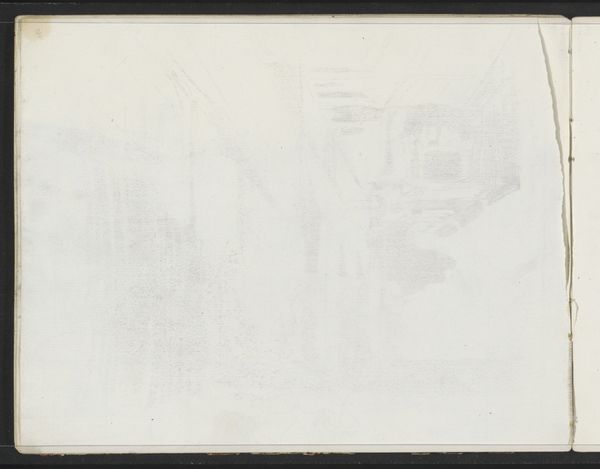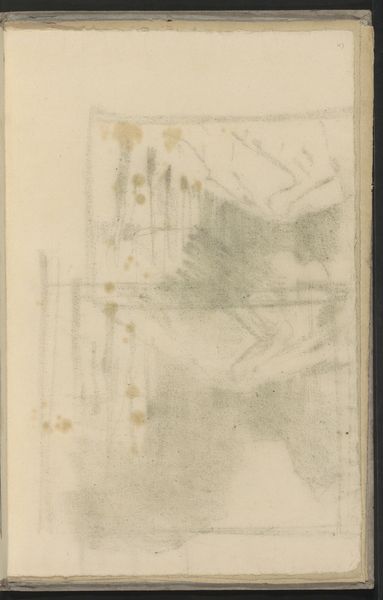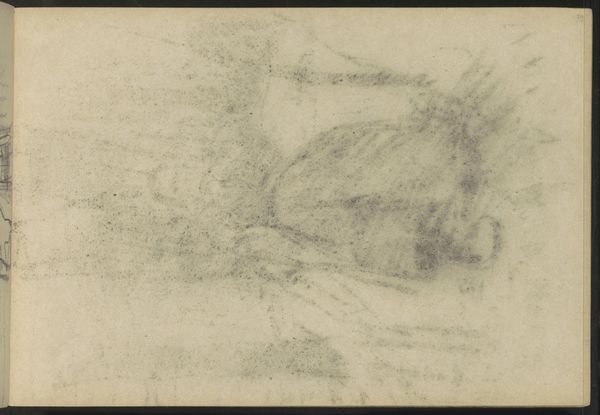
drawing, paper, pencil
#
portrait
#
drawing
#
impressionism
#
paper
#
pencil
#
genre-painting
#
realism
Copyright: Rijks Museum: Open Domain
Editor: Here we have Albert Neuhuys's drawing, "Handwerkende boerenvrouw zittend op een houten stoel," created sometime between 1854 and 1914, using pencil on paper. It has a quiet, almost melancholic feel. What stands out to you about this piece? Curator: Considering its creation during a time of industrial advancement, I'm struck by Neuhuys's choice to depict a peasant woman engaged in handwork. Pencil on paper inherently speaks to accessibility and the direct connection between the artist's hand and the final product, don't you think? In its own way, it romanticizes the slow process and values associated with it, in contrast to the burgeoning factory systems. Editor: That’s a really interesting point. It seems almost like a political statement, choosing to represent this type of labor. But what about the woman's pose, or the somewhat ambiguous details in the drawing? Curator: Note the roughness of the execution. Neuhuys doesn’t seem to aim for a polished, academic rendering. Instead, the rough sketches emphasize the immediate, physical labor of both the subject and the artist, almost equating their effort through shared material conditions. Where is this woman situated in the larger societal landscape, we might ask. The simple tools used mirror the straightforward and unadorned lifestyle of the working class. Editor: I see what you mean. The rawness becomes a defining element. So, looking at it this way, it’s less about her as an individual, and more about her as part of a working process and a social context. Curator: Precisely! It’s a potent statement about value and visibility of labor itself, represented not just in the subject but also mirrored in the very materials and processes of its creation. Editor: Thanks for that insight. I never would have considered the connection between the artwork's medium and the subject's socio-economic context. Curator: Art constantly encourages us to interrogate relationships between materials, makers, and consumers, deepening our understanding of societal norms and historical currents.
Comments
No comments
Be the first to comment and join the conversation on the ultimate creative platform.
